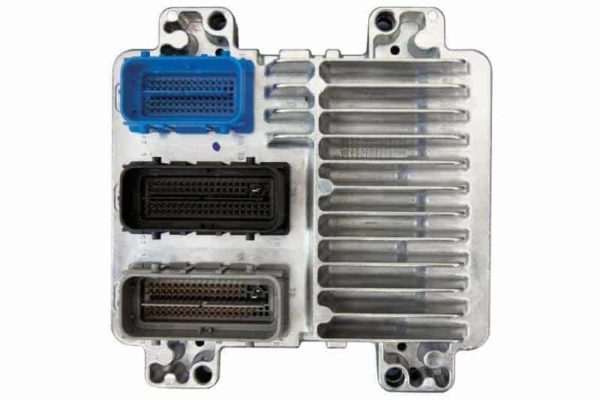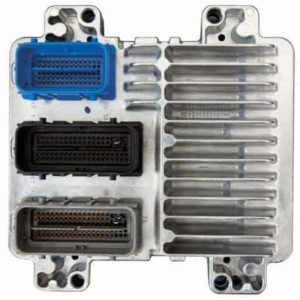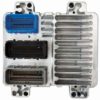Is Your 2008 Isuzu I-370 Acting Up?
If your truck is suddenly giving you headaches—like a persistent Check Engine Light, rough idling, stalling, or just plain poor performance—the Engine Control Module (ECM) is a prime suspect. As the brain of your vehicle’s powertrain, when the ECM starts to fail, it can cause a cascade of frustrating and confusing problems. You’re not just imagining it; the very component that’s supposed to manage your engine’s efficiency and power is likely the source of your issues.
A Story From the Shop Floor
“A customer’s 2008 Isuzu I-370 came in last week with these exact symptoms. The owner had already replaced a couple of sensors hoping for a quick fix, but the problems persisted. The truck would start fine cold, but after 15 minutes of driving, it would hesitate and sometimes stall at a stoplight. We connected our professional scan tool and saw a handful of communication error codes and erratic data from the oxygen sensors. After verifying the wiring harness was intact—a critical first step—we knew the ECM’s internal processors were failing under heat. It’s a common issue I’ve seen on hundreds of these GM-platform trucks where the ECM is mounted on the firewall, exposed to constant engine heat and vibration.”
The Telltale Signs of a Failing ECM
An ECM doesn’t usually fail all at once. It often begins with small, intermittent issues that get worse over time. If you’re experiencing any of the following, it’s time to consider a replacement:
- ✔ Check Engine Light: The light is on, and you may have codes related to sensor circuits (P0101, P0300, etc.) or internal module failure.
- ✔ No-Start or Hard Starting: The engine cranks but won’t fire up, or it takes an unusually long time to start, especially when warm.
- ✔ Poor Engine Performance: Noticeable loss of power, hesitation during acceleration, and a significant drop in fuel economy.
- ✔ Rough or Unstable Idle: The engine idles erratically, too high, or too low.
- ✔ Transmission Shifting Problems: The ECM also communicates with the transmission controller, so a failing ECM can cause harsh shifts, delayed engagement, or incorrect gear selection.
The Plug-and-Play Solution: Programmed & Ready to Install
Don’t settle for a junkyard module that requires an expensive trip to the dealership for programming. This Engine Control Module is the definitive solution for your 2008 Isuzu I-370. We take all the guesswork and hassle out of the repair.
Here’s how it works: After your purchase, you simply provide us with your truck’s 17-digit Vehicle Identification Number (VIN). Our technicians will then program the module with the latest, most stable software updates directly from GM. This isn’t just a copy of your old software; it includes critical patches and improvements that address known factory bugs, ensuring your engine runs as efficiently and reliably as possible.
Why This ECM is the Right Choice
- ✔ VIN-Programmed for Your Truck: Arrives at your door ready for installation. No additional programming or dealer visits are needed.
- ✔ Latest GM Software: We flash the unit with the newest updates to correct factory flaws and improve performance.
- ✔ Direct-Fit Replacement: This module is a direct replacement for part number 12590032 and other interchangeable service numbers, ensuring a perfect fit and function.
- ✔ Restores Original Performance: A new, properly functioning ECM is the key to restoring your truck’s power, fuel efficiency, and smooth operation.
Installation Note
On the 2008 Isuzu I-370, the ECM is typically located on the right-hand (passenger side) firewall in the engine bay. Always disconnect the negative battery terminal before beginning the installation to prevent any electrical damage. The replacement is a straightforward process of unplugging the wiring connectors from the old unit, unbolting it, and installing the new one in its place.
Cross-Reference Part Numbers:
This module is a direct replacement for the following service numbers: 12590032, 12602044, 12603530, 12605843, 12607096, 12630457, 19210737. Please verify your part number before ordering to ensure compatibility.


